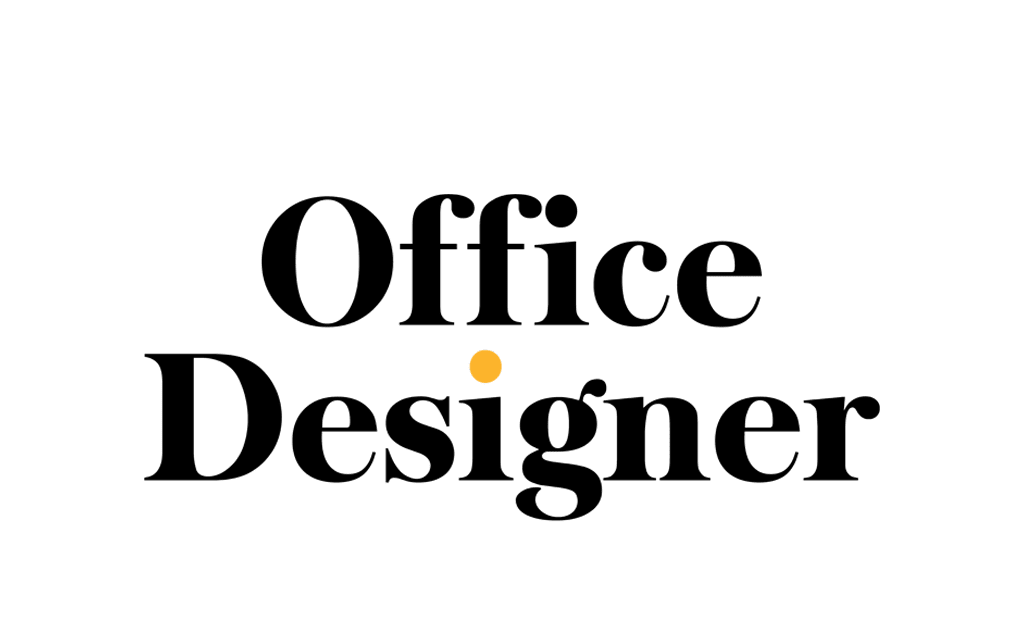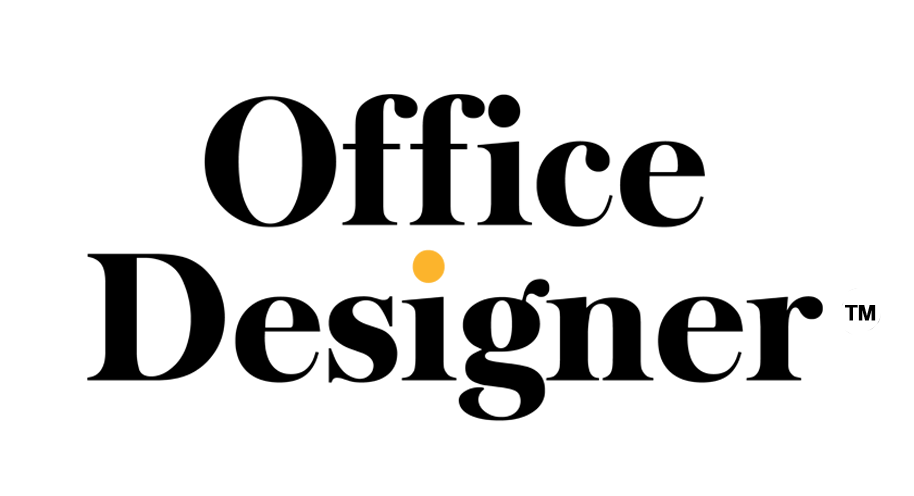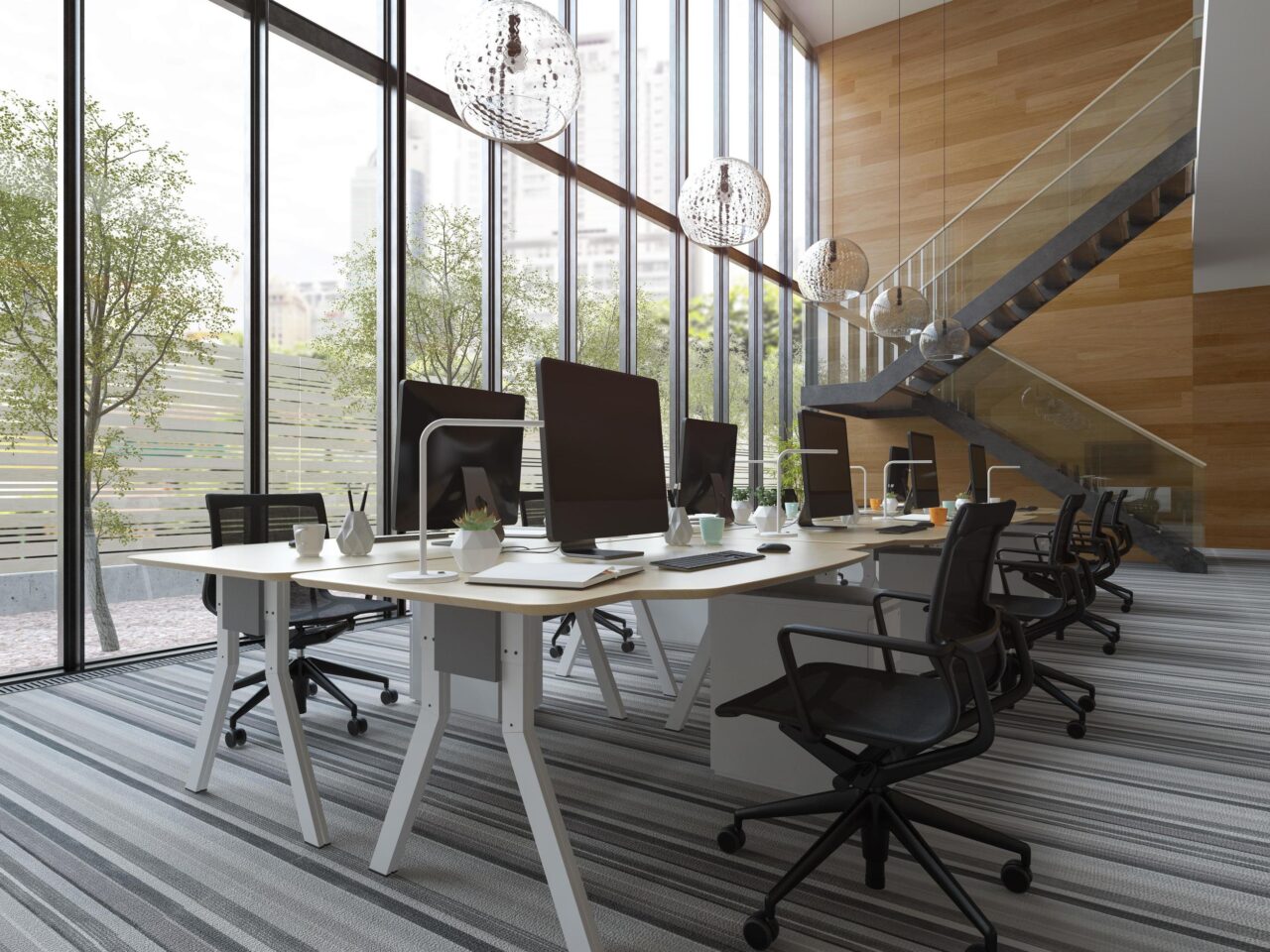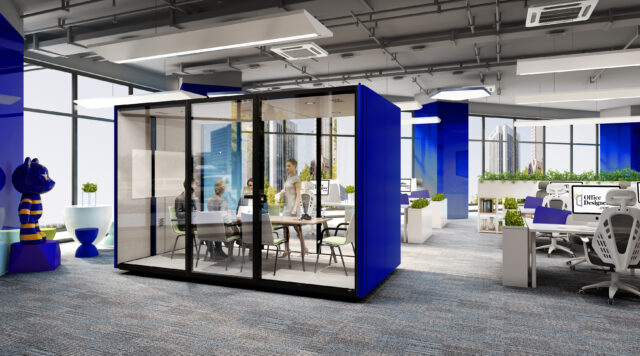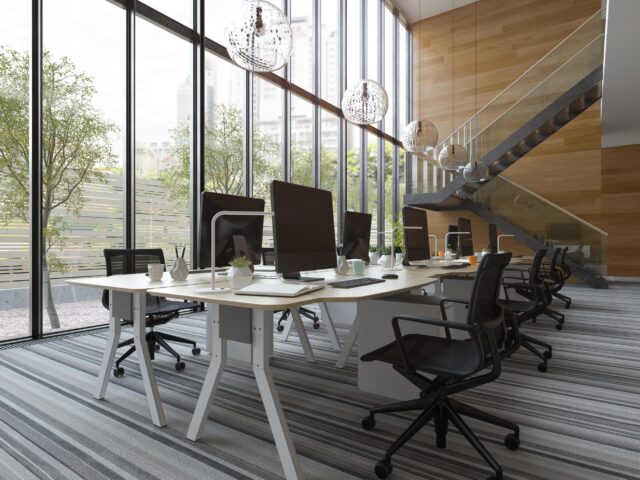Understanding different types of modern office design is crucial for any business aiming to enhance productivity and employee satisfaction. As companies evolve in the post-COVID era, the necessity for well-designed office spaces has never been more apparent. An effectively planned office not only attracts top talent but also boosts productivity and fosters a pleasant working environment. Here, we explore six innovative office design types that cater to diverse needs and significantly enhance workplace dynamics.
1. Biophilic Design
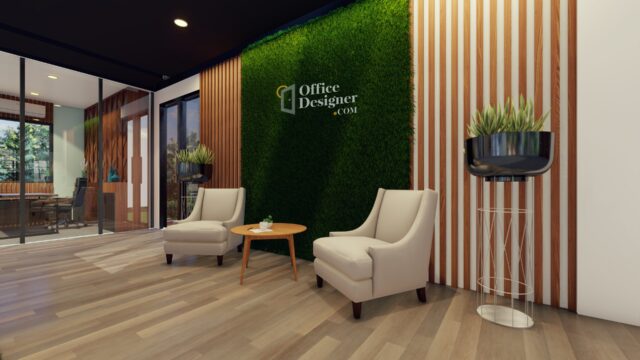
\ Image credit: Office Designer
Biophilic design integrates elements of nature into the workplace, promoting health, well-being, and efficiency. Features like exposed brick walls, natural materials, and an abundance of plants help reduce stress, lower blood pressure, and boost productivity. Simple additions like table and floor plants can make a significant impact, creating a serene and invigorating environment for employees.
2. Ergonomic Furniture
Effective office design goes beyond aesthetics, focusing also on functionality and comfort. Incorporating ergonomic furniture like height-adjustable desks, ergonomic chairs, and standing desks is essential. These pieces support physical and mental well-being, ensuring that employees have the necessary resources to work comfortably and efficiently.
3. Activity-based working
Isaac Ergonomic Office Chair, Black £299 from John Lewis
Activity-based working is a great way to encourage productivity and interaction between workers. This modern-day office design gives employees opportunity to diversify their working day and find the correct working environment according to specific tasks. For example, small booths will allow for privacy and important 1:1 meetings, social areas such as sofas and coffee tables encourage communication whilst conference rooms are perfect for large team meetings.
4. Office pods and booths
Office pods and booths represent a modern, space-efficient approach to office design. Using glass pods instead of traditional walls and doors not only saves space but also promotes a transparent and open atmosphere. This setup helps create a more airy and relaxed environment, reducing stress and fostering a positive work culture.
5. Make the office feel like home
A growing trend in office design is creating spaces that feel more like home. This approach aims to reduce stress by providing a comfortable and relaxing environment. Designing specific zones for breaks with sofas, comfortable chairs, and even outdoor terraces allows employees to unwind and recharge, enhancing productivity and promoting effective teamwork.
6. Natural Light
The advantages of natural light in an office setting cannot be overstated. Exposure to natural light keeps employees energised and reduces eye strain and gloominess. If your office lacks large windows, strategically placing mirrors and using glossy surfaces can help reflect light and brighten the space, creating a more vibrant and inviting work environment.
Types of Modern Office Design
Modern office design is about more than just physical appearance; it’s about creating spaces that improve health, enhance creativity, and increase overall job satisfaction. By incorporating these six types of modern office designs, businesses can ensure their environments cater to the evolving needs of their employees, paving the way for increased productivity and happier, healthier teams.
